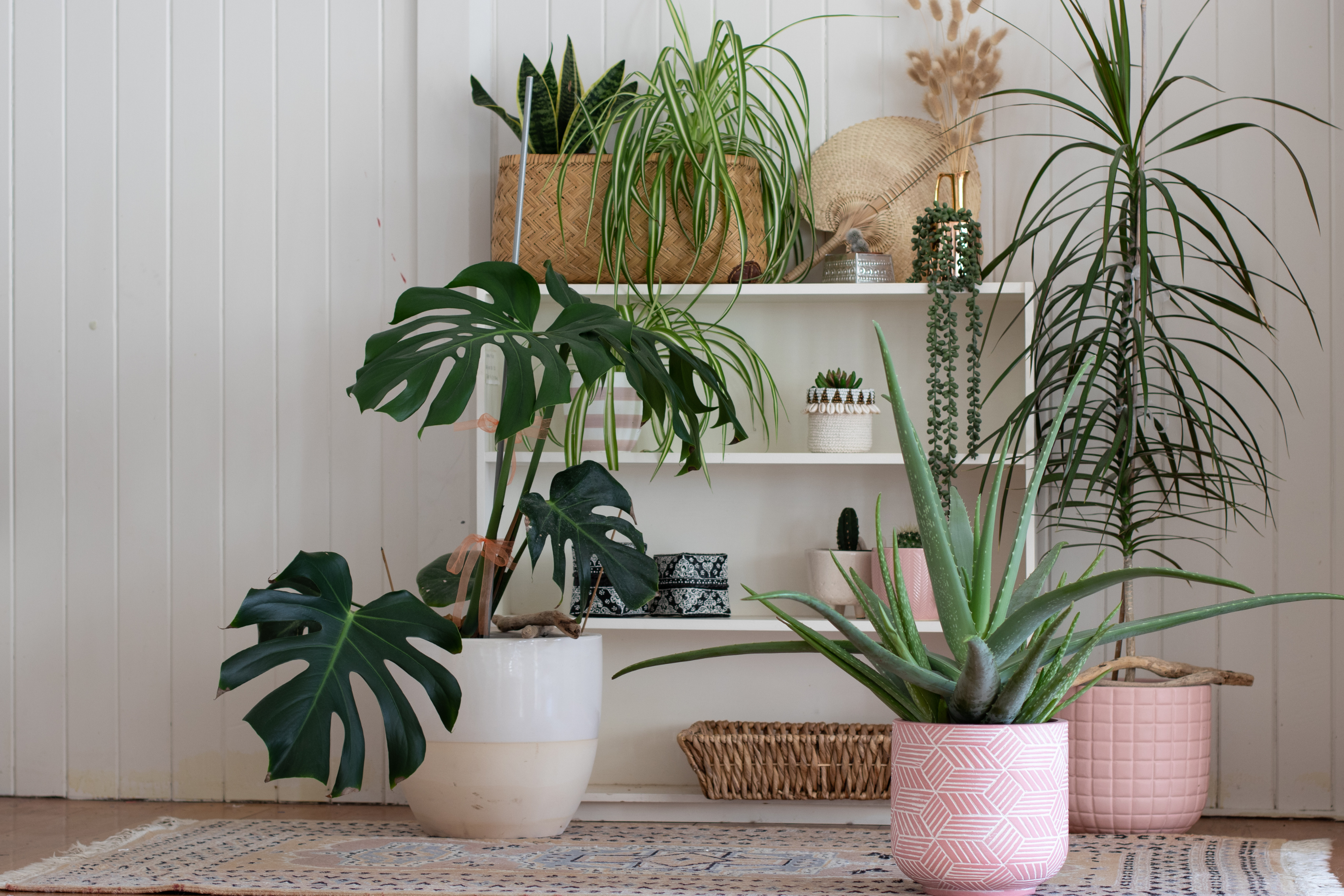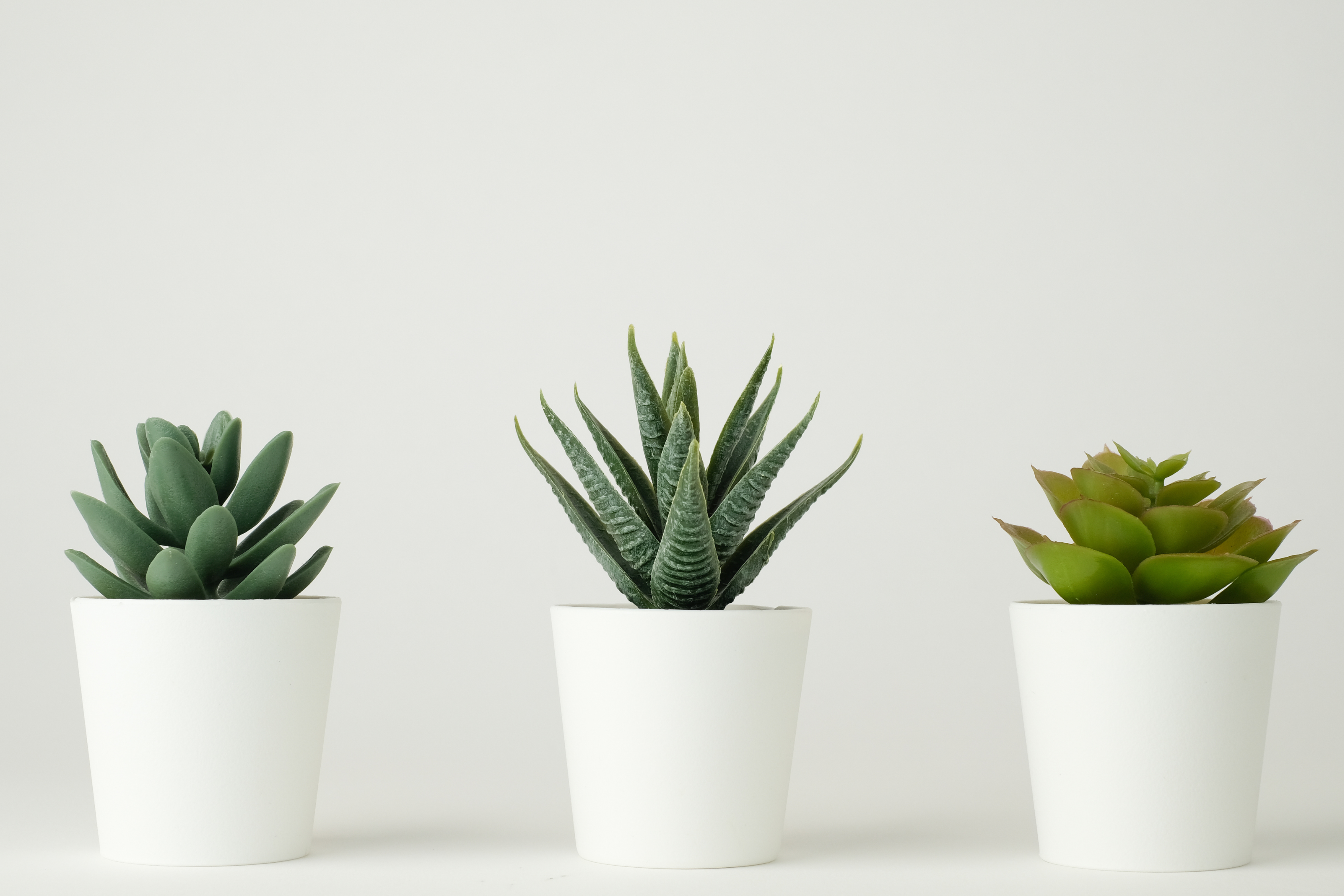Introduction:
colour is a powerful design element in gardening, capable of evoking emotions, setting moods, and creating visual harmony in outdoor spaces. By carefully selecting and combining plants with complementary or contrasting colours, gardeners can orchestrate stunning compositions that captivate the eye and enhance the beauty of their landscapes. In this guide, we'll delve into the art of colour in gardening, exploring principles of colour theory and offering tips for creating breathtaking plant combinations that elevate your garden to new heights of aesthetic splendor.
Understanding colour Theory in Gardening:
Before diving into plant combinations, it's helpful to understand the basics of colour theory and how it applies to gardening:
-
Primary colours: The primary colours in gardening are red, blue, and yellow. These colours cannot be created by mixing other colours and serve as the foundation for all other colours.
-
Secondary colours: Secondary colours are created by mixing equal parts of two primary colours. For example, combining red and yellow creates orange, blue and yellow create green, and red and blue create purple.
-
Tertiary colours: Tertiary colours are created by mixing a primary colour with a neighboring secondary colour. Tertiary colours include hues like red-orange, yellow-green, and blue-violet.
-
colour Harmonies: colour harmonies are combinations of colours that are visually pleasing when used together. Common colour harmonies in gardening include complementary, analogous, and monochromatic schemes.

Creating Stunning Plant Combinations:
Now that we have a basic understanding of colour theory, let's explore some tips for creating stunning plant combinations in your garden:
-
Complementary colours: Complementary colours are opposite each other on the colour wheel, such as red and green, blue and orange, or yellow and purple. Pairing complementary colours creates vibrant and dynamic contrasts that draw attention and create visual impact. For example, plant red tulips against a backdrop of green foliage or pair blue delphiniums with orange marigolds for a striking display.
-
Analogous colours: Analogous colours are adjacent to each other on the colour wheel, such as blue, blue-green, and green, or red, orange, and yellow. Planting analogous colours together creates harmonious and cohesive compositions that are soothing to the eye. For example, create a tranquil garden bed with shades of purple, blue, and lavender, or design a warm and inviting border with hues of red, orange, and yellow.
-
Monochromatic Schemes: Monochromatic schemes involve using variations of a single colour, such as different shades of pink, purple, or blue. Planting monochromatic gardens creates a sense of unity and elegance, with subtle variations in hue and tone adding depth and interest. For example, create a serene blue garden with a mix of blue hydrangeas, delphiniums, and salvias, or design a romantic pink garden with roses, peonies, and foxgloves in shades of blush and coral.
-
Contrast in Texture: In addition to colour, consider contrasting textures when designing plant combinations. Pairing plants with different foliage textures, such as spiky agaves with soft grasses or broad-leaved hostas with delicate ferns, adds visual interest and tactile appeal to garden beds and containers.
Considerations for Success:
-
Seasonal Interest: Choose plants that offer seasonal interest with blooms, foliage, or berries throughout the year, ensuring that your garden remains vibrant and engaging across all seasons.
-
Height and Form: Incorporate plants with varying heights, shapes, and growth habits to create balance and rhythm in your garden compositions, with taller plants at the back and shorter plants at the front.
-
Repetition and Unity: Repeat key colours or plant varieties throughout your garden to create unity and cohesion, establishing visual connections and guiding the eye through the landscape.
-
Experiment and Adapt: Don't be afraid to experiment with different plant combinations and colour schemes in your garden, and be prepared to adapt and adjust as plants grow and evolve over time.
Conclusion:
Creating stunning plant combinations in the garden is a delightful exercise in creativity and expression, allowing gardeners to harness the power of colour to evoke emotions, evoke moods, and enhance the beauty of outdoor spaces. By understanding the principles of colour theory and experimenting with complementary, analogous, and monochromatic schemes, you can design breathtaking gardens that are as visually striking as they are harmonious and inviting.
Whether you prefer vibrant contrasts, soothing harmonies, or subtle variations in hue, the aesthetics of colour offer endless possibilities for creating captivating and memorable garden compositions. So, roll up your sleeves, grab your trowel, and let your imagination take flight as you embark on a colourful journey of garden design and discovery.
Happy gardening!

